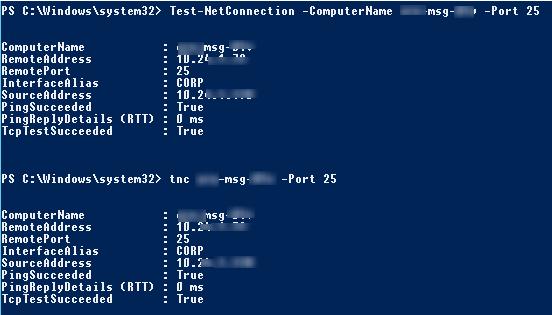

In the right pane, scroll down the list of services and double-click on “Windows Remote Management (WS-Management)”. In the left pane of the “Group Policy Management Editor” window, select “System Services” under “Computer Configuration,” “Policies,” “Windows Settings,” “Security Settings”. You will want to then set WinRM to start automatically. For a more secure configuration, you can restrict access to only administrative or management machines and not from any IP address.

In the “IPv4 filter” and “IPv6 filter” fields under “Options,” type * in both boxes to allow connections from any IP address, and then click “OK”.

You then set the policy through the “Allow remote server management through WinRM” dialog. Select “WinRM Service” under “Computer Configuration,” “Policies,” “Administrative Templates,” “Windows Components,” “Windows Remote Management (WinRM)”. To enable remote PowerShell, ensure that you enable PSRemoting on the remote workstation.Īlternatively, you can enable remote PowerShell via group policy settings which enables Windows Remote Management on the network. If you are remote to the machine, you can enable remote PowerShell and perform these commands from a remote workstation.
#Powershell ip scanner install#
Using this module ensures that you can audit and ensure that the detection of patches is accurate without causing the install of updates.
#Powershell ip scanner update#
This command does the same as checking for and installing updates in the Windows GUI.įinally, to update the PSWindowsUpdate module enter the following command: To check for and install all available updates: MicrosoftĬonfirm whether you want to install the Windows updates. You can select “Y” for “yes,” or “N” for “No” to install the updates. In the example above, you are being prompted to install the Microcode update. To check for and install updates (with yes/no prompting), use: In the example below, it shows that the Intel Microcode updates would be installed if you manually check for updates, yet they are not being pushed to your machines unless you “seek” or manually scan for updates. The module will take some time to process and then it will list pending updates. Now you are ready to use the PowerShell module to then check for updates: Click “Y” or “Yes” to install the PowerShell Windows Update module. You might be warned that you are installing items from an untrusted repository. To use the Windows update module, the NuGet package manager must be installed:


 0 kommentar(er)
0 kommentar(er)
